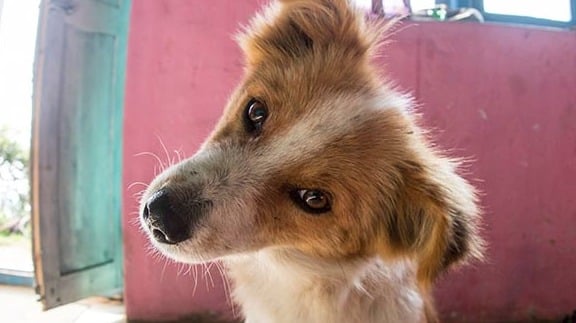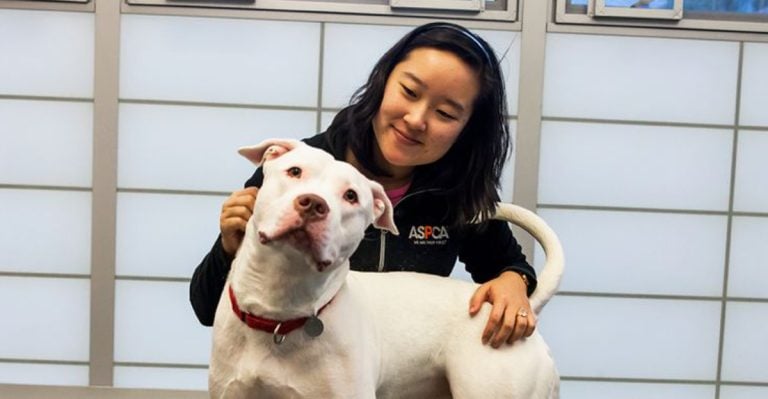15 Paw Care Tips For Dogs With Hyperkeratosis

Some dogs end up with thick skin growing alongside all that fur. That thickened, horn-like buildup is called hyperkeratosis and is more common than you’d think. There’s no need to panic, though. With the proper care, those rough little feet can stay healthy, happy, and ready for the next backyard zoomies.
Trim Hair Around The Paws Regularly

Long fur around paw pads traps dirt, moisture, and debris. That buildup can irritate the skin or mask overgrown keratin. Regular trims with blunt-nosed scissors or a grooming clipper keep things tidy and reduce paw infections.
Use A Paw Balm For Softness

Cracked, dry pads can get worse with hyperkeratosis. A vet-approved paw salve keeps rough areas moisturized and soothed. Look for components like beeswax, shea butter, or coconut oil. Steer clear of human lotions—some contain ingredients harmful to dogs.
Check For Crusty Overgrowth Weekly

Raised, horn-like growths on pads signal hyperkeratosis. These often resemble hardened calluses. A weekly paw check helps catch the condition early before it spreads or causes limping. Most cases first show up on the largest central pad.
Clean Paws After Walks

Dirt, allergens, and sidewalk chemicals cling to paws. A gentle swipe with a moist cloth or dog-safe wipe keeps paws fresh. This simple habit lowers the risk of trouble, especially for dogs already dealing with thickened keratin buildup.
Avoid Hot Pavement And Ice Melt

Rough or extreme surfaces can worsen paw problems. Hyperkeratotic pads already lack flexibility, so heat or salt causes more cracking. Try dog booties outdoors, or stick to grass. Indoor playtime also gives irritated paws a break.
Choose A High-Quality Diet

Lack of nutrients may contribute to skin issues, including hyperkeratosis. Feeding foods high in omega-3s, zinc, and vitamin E helps maintain healthy paw pads. Chat with your vet before switching to supplements or unique skin-supporting kibble.
Use A Pumice Stone For Mild Overgrowth

Once a vet approves, a gentle pumice stone can buff down hardened keratin. Pads must be softened first, often with warm water or a balm. Never scrape or cut—harsh methods can crack the pad and cause bleeding.
Watch For Secondary Infections

Deep cracks can invite bacteria or yeast. Signs include redness, odor, or pus. Dogs may lick excessively or limp. Prompt vet attention keeps the infection from spreading. Depending on the infection, medicated ointments or foot soaks may be prescribed.
Ask Your Vet About Cytology Tests

A skin scraping or cytology test helps confirm hyperkeratosis and rule out other paw issues. That way, your vet knows exactly what’s under the crust and can suggest targeted care instead of guesswork.
Keep Nails Trimmed Short

Long nails shift how a dog walks. That extra pressure on paw pads can worsen any overgrowth. Regular nail trims, done every few weeks, help distribute weight evenly and protect the skin from developing painful cracks.
Soak Paws In Warm Epsom Water

A few minutes in diluted Epsom salt water softens tough keratin and soothes inflammation. It’s safe when done weekly and followed by drying and balm. Avoid if the paws are bleeding or visibly irritated without veterinary guidance.
Hydrate Properly For Skin Health

Adequate hydration is essential for your dog’s skin health, including their paws. Make sure your dog has access to fresh water at all times. Dehydration can make the skin and pads even more prone to cracking and thickening. Keep their hydration levels balanced to promote overall skin elasticity and health.
Don’t Ignore Nose Changes

When the nose and paws start crusting, this might indicate nasodigital hyperkeratosis. This form affects both areas at once and tends to be harder to manage. Your vet may suggest regular moisturizing or even low-dose medication for control.
Skip DIY Removal Methods

Trying to cut or peel keratin growth can cause bleeding or infections. Those raised crusts may resemble something you can pop off, but they’re attached to living tissue. Always let a professional handle removal during routine vet visits.
Prevent Further Damage With Protective Measures

If your dog is excessively licking or scratching their paws, consider using an Elizabethan collar or an anti-licking spray recommended by your vet. These tools can help prevent further irritation or damage, allowing your dog’s paws to heal properly without additional discomfort.






